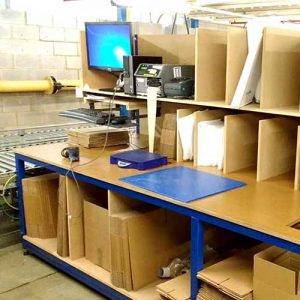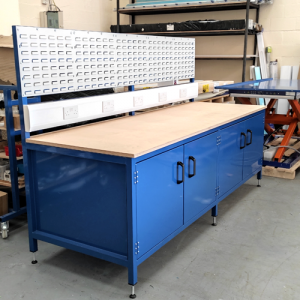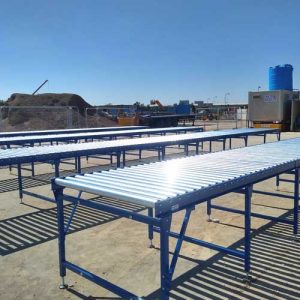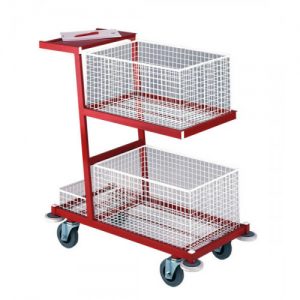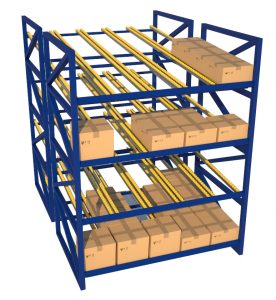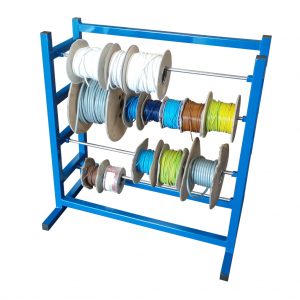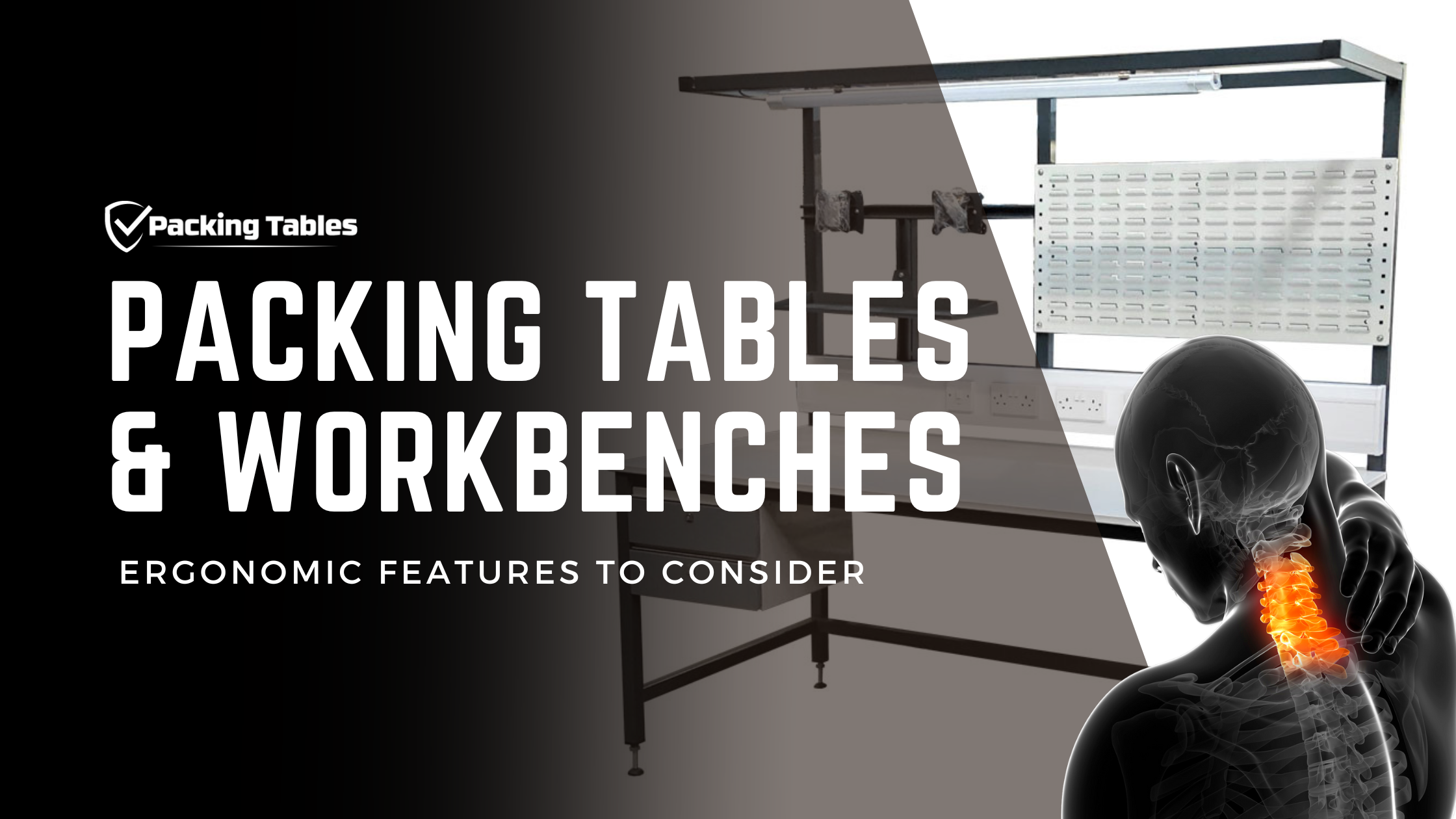
Ergonomics are important in any warehouse, workshop, or office. Ergonomic packing tables and workbenches improve productivity and comfort. They also reduce the risk of injuries. Read our article to learn which ergonomic features to consider when choosing your next packing station or work table.

The Benefits of Ergonomics in Packing Tables and Workbenches
When designing workstations, it's essential to focus on the needs of the people using them and the tasks they perform. Ergonomic packing benches and workbenches enhance productivity, reduce the risk of injury, and improve overall worker satisfaction. Here's how incorporating ergonomics into your packing stations and workbenches can transform your workspace:
1. Designed for Comfort and Efficiency
Workstations should adapt to workers—not the other way around. Adjustable-height packing tables and workbenches allow workers to perform tasks comfortably, minimizing excessive reaching, bending, or twisting. These features are particularly beneficial in reducing strain and fatigue during repetitive tasks.
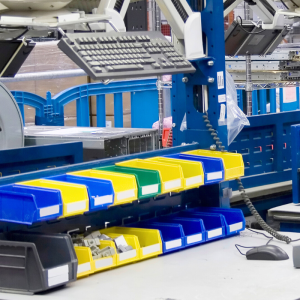
2. Proper Working Heights for All Users
To accommodate a variety of users, adjustable-height workbenches are ideal. The adjustment mechanism should be simple to use, ensuring that workers can quickly customize their workspace to the most comfortable height. For seated operations, ergonomic designs should provide sufficient legroom, including:
- A minimum of 30 inches of width
- 20 inches of depth
- 27 inches of height to meet comfort needs and ADA compliance.
3. Streamlined Workflows
Effective packing stations and workbenches focus on the flow of materials. From the point of entry to the final product, ergonomic design ensures workers have everything they need within reach. Properly planned storage keeps commonly used supplies within the "golden zone," the area between waist and shoulder height, reducing unnecessary stretching and improving efficiency.
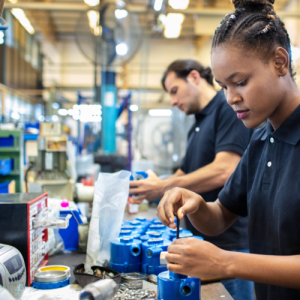
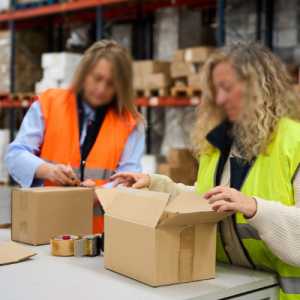
4. Avoid Clutter on Work Surfaces
Reserve the work surface for tasks, not storage. Nearby storage solutions allow workers to easily access tools and supplies without disrupting the workflow, keeping the packing process smooth and organized.
5. Healthier and Happier Workers
Ergonomics plays a significant role in reducing workplace injuries. Tools like anti-fatigue mats can relieve pressure on workers’ legs and backs, while lift-assist devices such as hoists or vacuum lifts help reduce the strain of lifting and moving heavy items. These measures not only prevent injuries but also boost employee morale and satisfaction.


6. Task Variation and Cross-Training
Encourage task rotation to prevent repetitive motion injuries and engage different muscle groups. For example, alternating between picking, packing, and shipping tasks keeps the work dynamic and reduces strain. This approach also cross-trains employees, making your operation more versatile.
7. Proactive Safety Training
Educating workers about proper lifting techniques and ergonomic principles fosters a culture of safety. Training employees to recognize and report potential hazards ensures a proactive approach to risk management, reducing workplace injuries.

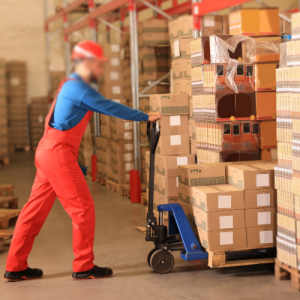
8. Automating Heavy Lifting Tasks
For labor-intensive tasks like manual palletizing, consider implementing automated or semi-automated solutions. Lift-assist devices, pallet lifters, and vacuum lifts can dramatically reduce the physical toll on workers and streamline operations.
In Conclusion
Investing in ergonomic packing tables and workbenches doesn’t just create a healthier workplace—it drives efficiency, enhances employee satisfaction, and reduces downtime caused by injuries. By focusing on worker comfort and task efficiency, you create an environment where productivity and safety go hand in hand.
Explore our options for bespoke, ergonomic packing tables and workbenches designed to elevate your workspace!
Important Ergonomic Features to Consider when Purchasing Bespoke Packing Tables and Workbenches


